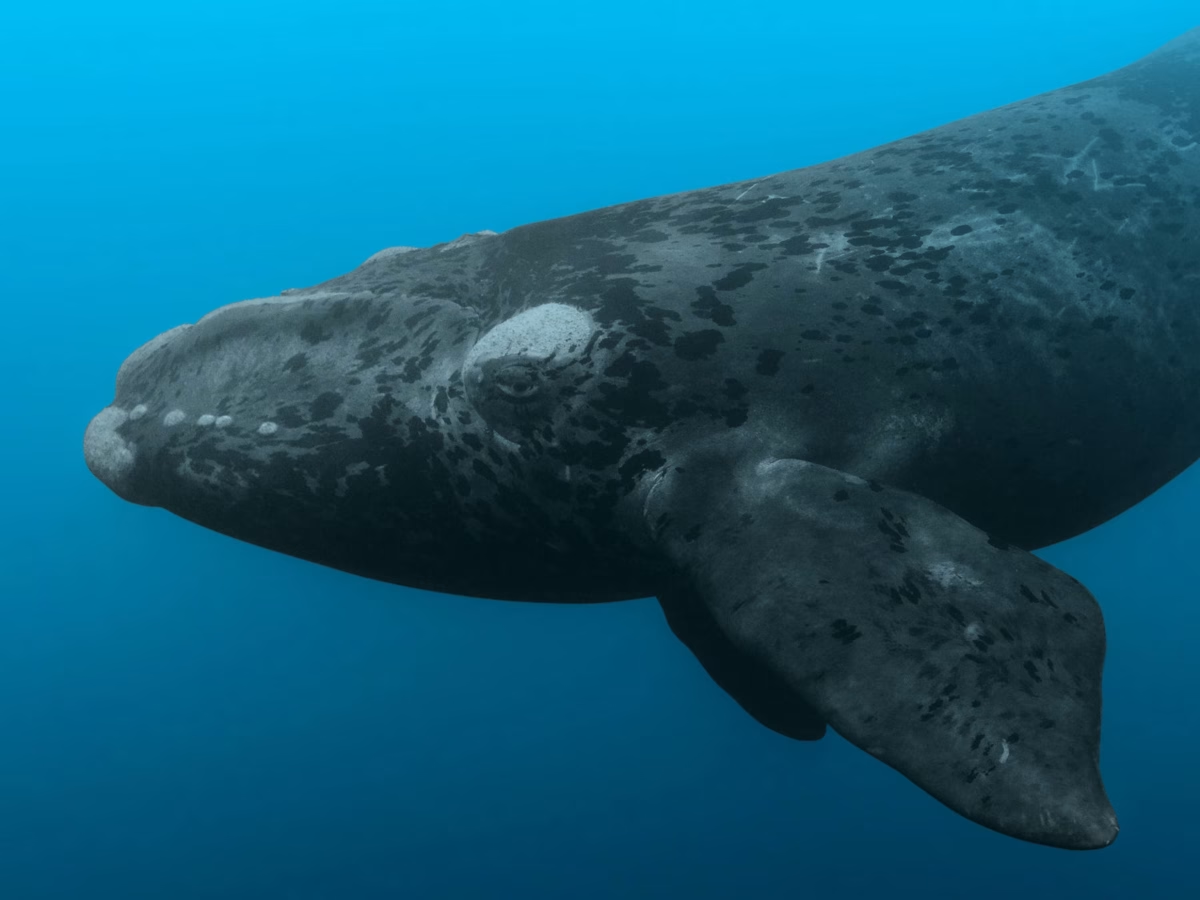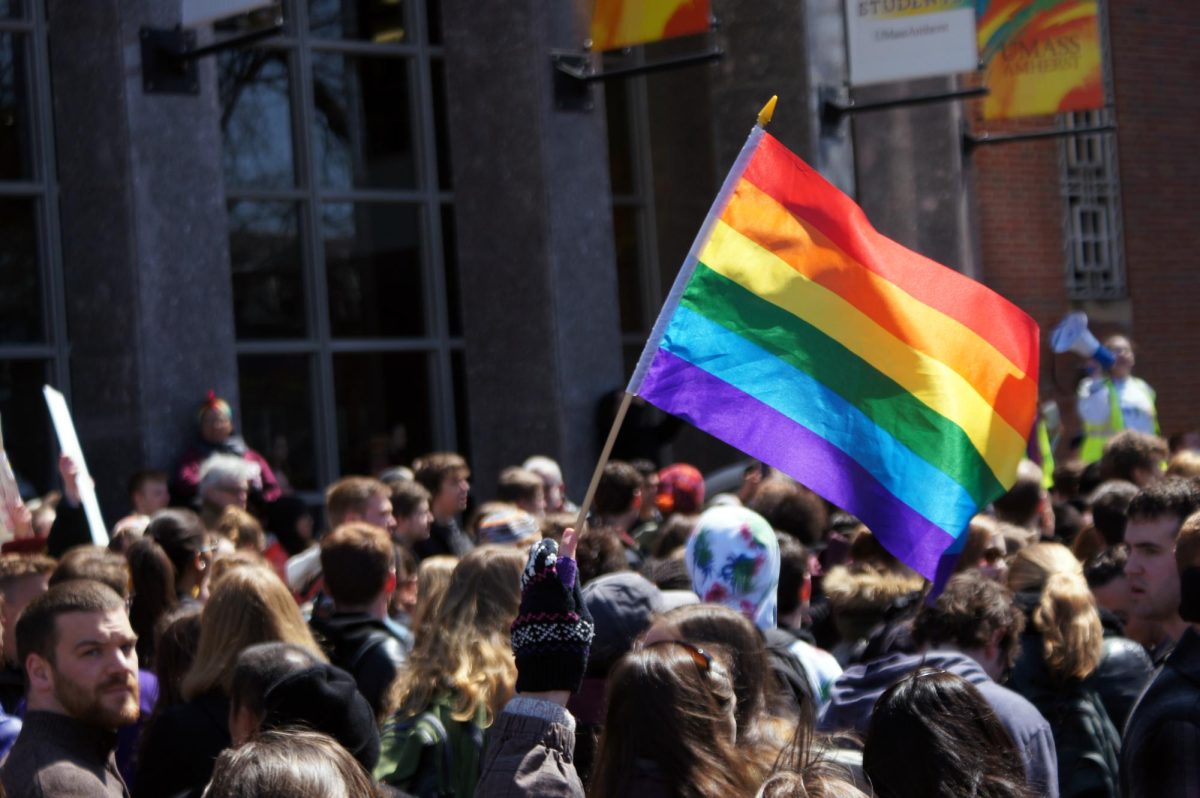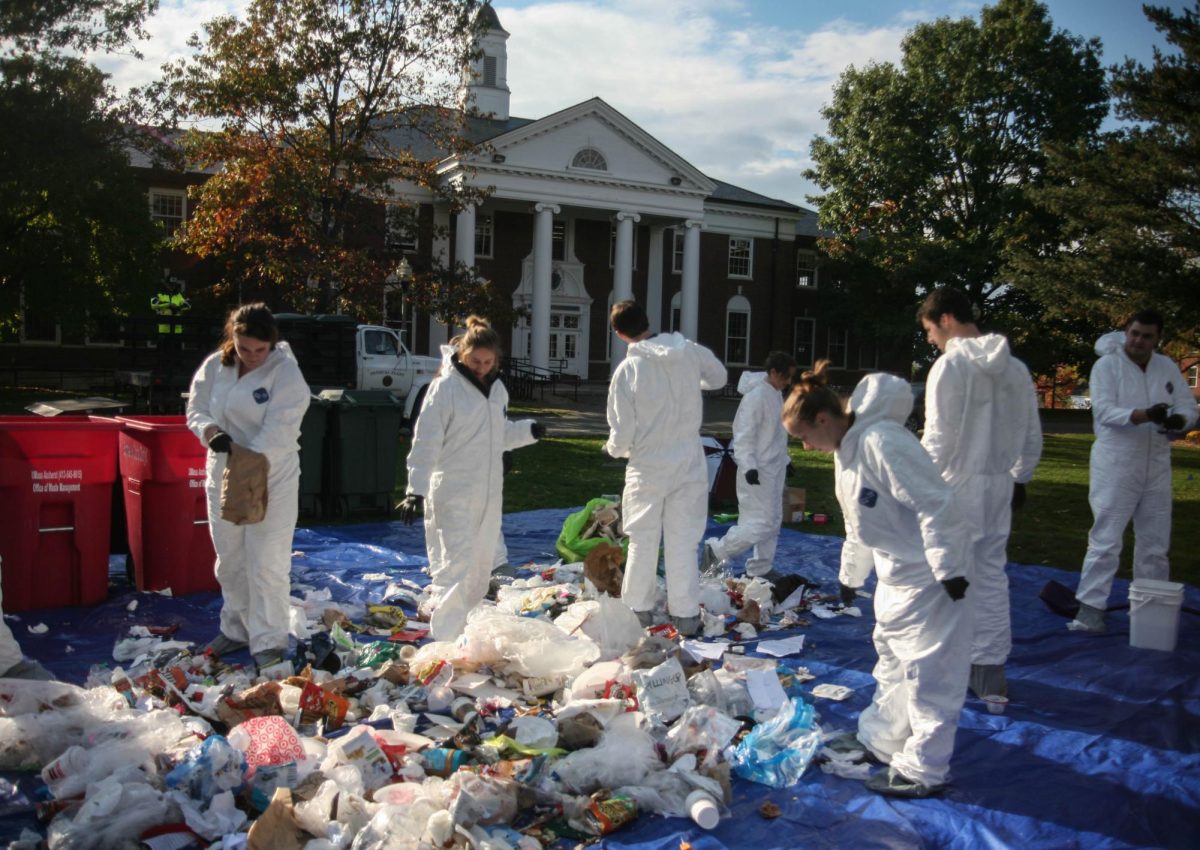
Carbon emission reductions has become an ever increasing focus of social, scientific and political campaigns, and for good reason: carbon reduction has proved less successful than the global community could have hoped for.
Recent science and the field of geo-engineering may be providing us a quick fix to atmospheric carbon emissions; simultaneously they serve as a scapegoat for our emissions accountability. Some in the scientific community are thrilled with the potential of sunshade engineering, and likely the patents, funding, and extended research that follow. But still, the future may look grim for those who could face the negative impacts of artificially shading sunlight from reaching the earth’s surface.
Our carbon emission issues have proven persistent in causing global temperature increases, ocean acidification and crop failure. All of which have altered countless human and ecological landscapes around the globe. The solution, however, seems quite simple: allocate energy funding towards carbon emissions reduction, advocacy for educational programs that reduce our consumption and increase big business and community accountability of carbon emissions.
Scientists from the United Kingdom have organized the Stratospheric Particle Injection for Climate Engineering Program (SPICE) in an attempt to relieve global carbon emissions accountability.
This program has researched the potential for using airplanes, blimps and other devices to inject aerosol particles into the earth’s stratosphere, creating a layer of haze that would reflect sunlight away from the earth. This technique is an effort to mimic the natural phenomenon of climate cooling produced after large volcanic eruptions that eject sulfur dioxide into the atmosphere, deflecting sunlight and cooling climate. The program intends to dissipate enough particles over time to reduce the earth’s temperature by several degrees, counteracting the consequences of climate change.
Scientists, journalists and other organizations have argued against the effectiveness of this technique and the high risks associated with it, implying a lack of soundness to this process.
Though sunshade and other geo-engineering processes attempt to alleviate anthropogenic effects on the environment, they also pose serious consequences. Reducing the sunlight that reaches the earth’s surface could impact agricultural yields and reduce precipitation rates, threatening food security and causing hunger and famine. Another likely consequence is ozone destruction.
This would result in an increase in ultraviolet radiation into the atmosphere; a phenomenon which occurs via large volcanic eruptions, on occasion, yet not constantly over a span of 20 years by which this programs proposes.
Simultaneously, sunshade geo-engineering doesn’t account for the non atmospheric impacts of carbon emissions, like that of ocean acidification. A program such as this — which masks takes the impacts of human error into account — would likely avert political and scientific focus on reducing the entirety of carbon impacts in favor of a low cost, high risk, quick fix of geo-engineering.
By attempting to regulate one aspect of carbon emissions through geo-engineering, the uncertainty of the process creates many more uncertainties. Balancing budgets on a variety of scales is part of our daily lives, and carbon emission is one of them. Further carbon emissions with initiatives to dissipate increasing amounts of sulfur dioxide into the atmosphere, appears counterintuitive to the matter of reducing an abundance of emissions. The geo-engineering process provides a cover up of carbon emissions issue without actually reducing the amount carbon in the atmosphere.
The S.P.I.C.E. program has endured potent criticism for failing to involve the public in debate over the testing of sunshade engineering. Like the complexity of our climate systems that this tactic is attempting to regulate, the complexities of our social and political systems in regards to this matter appear to have been overlooked.
There are uncertainties over the effects of climate regulation; specifically that precipitation loss may vary regionally, spurring food security conflicts amongst countries or continents that have the potential to erupt into wars. This issue and its derivations do not exist within a social or political vacuum, and very real consequences are at hand; ones that extend beyond laboratory confines. Thus, it appears too nonchalant to consider this technique without publicizing its serious implications to the global community.
Fundamentally geo-engineering echoes concern over the relationship between humans and nature. An attempt to regulate systems as grand and complex as the earth’s climate proves futile. Time and again nature proves unpredictable and often unmanageable; how can we predict nature’s response to geo-engineering techniques?
Scientists and politicians have the greatest access to global decision making over environmental policy, research, and action. These few individuals have specific economic, institutional, and professional incentives impacting their views on geo-engineering research and practice. Though the impacts of this geo-engineering will affect billions of living things, very few members of the human population are incorporated in this drastic decision making. Thus, it appears that priorities of our planet’s inhabitants may not be represented in a larger scheme of science, politics, and profits.
The nature of experimentation with geo-engineering proves sincere to some extent: taking on the earth’s climate system in an attempt to counteract carbon emissions is a grand and noble mission, though one wrought with complications and uncertainty. In the wake of potential ecological, social, and political turmoil, perhaps it’s best to stick with the less invasive procedure of reducing rather than counteracting carbon emissions.
Kimberly Ovitz is a Collegian columnist. She can be reached at [email protected].












